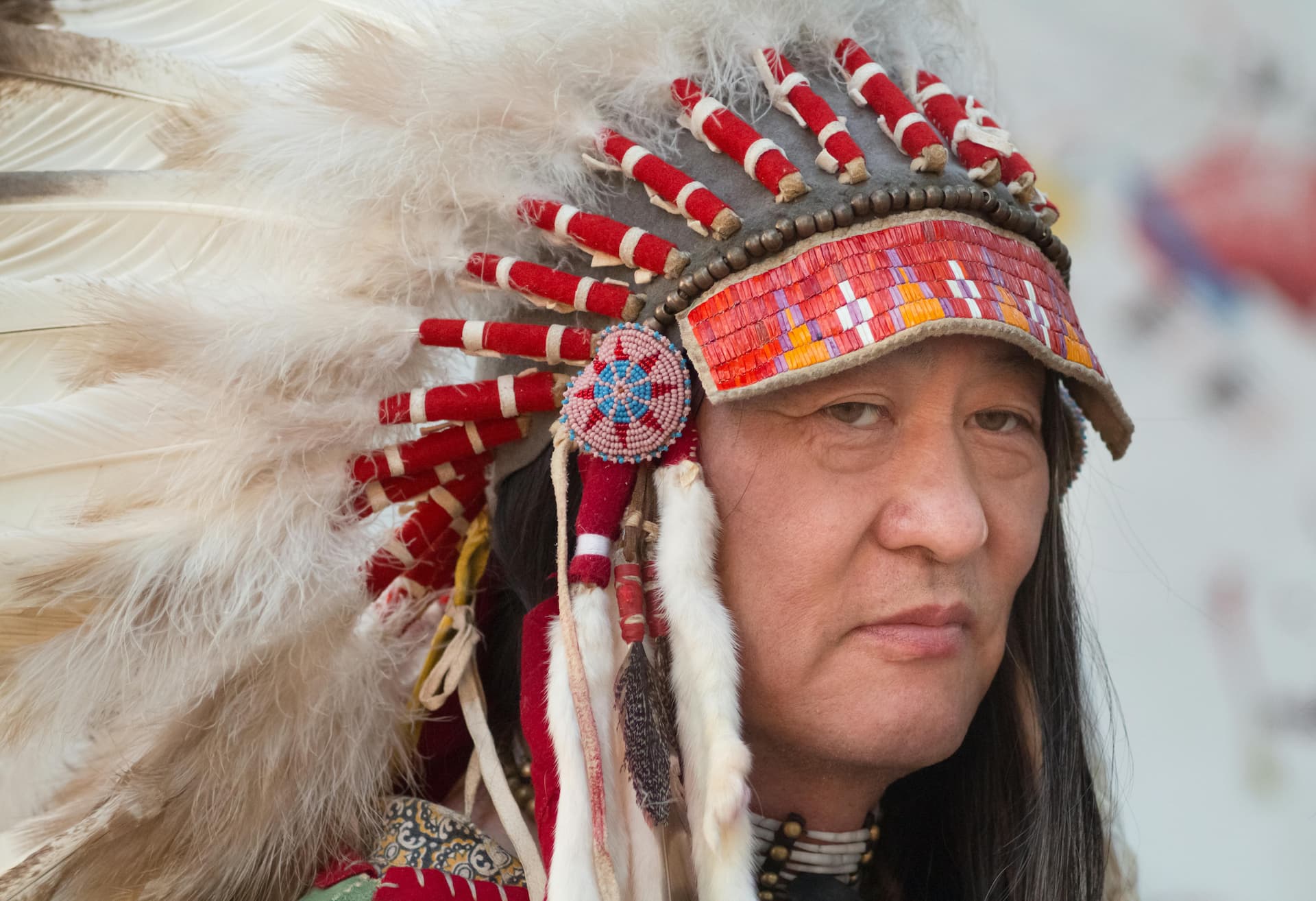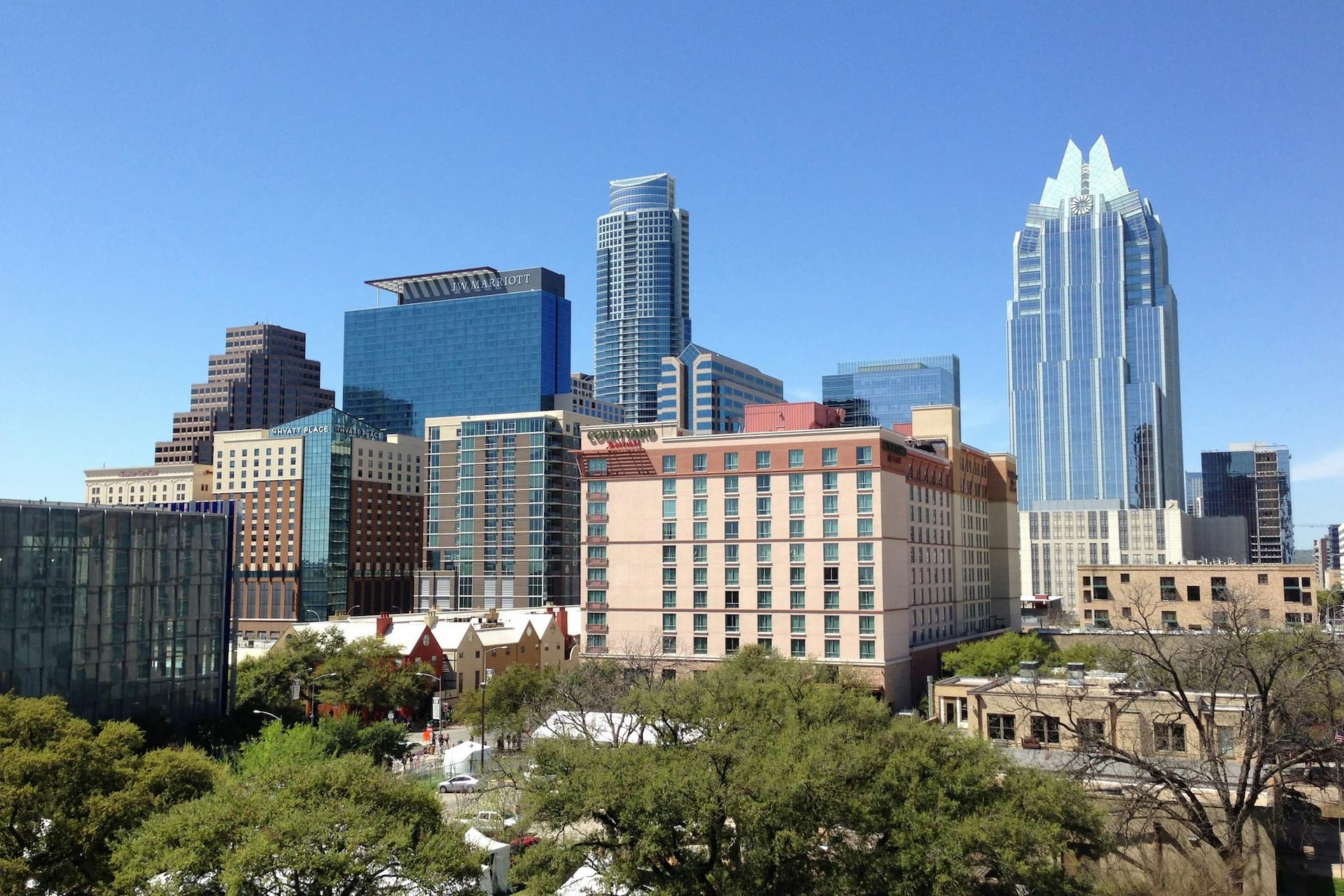
Native Americans in the U.S. have a history that dates back thousands of years to the latter part of the Late Pleistocene period (we’re talking about the time between circa 129,000 and 11,700 years ago), when it is believed that the Paleo-Indians first arrived in the Americas.
Of course, there is still debate about exactly when the migration began, with estimates pointing to 15,000-20,000 years ago. But one thing we know is that those early settlers eventually spread across various regions, giving way to complex societies and advanced trade networks supported by rich natural resources.
Today, there are approximately 7.4 million Americans with an American Indian and Alaska Native tribes heritage (either alone or in combination with another race). Native American Netroots is one platform where you might gain insights into your Native American ancestry and learn more about the indigenous population in general.
But which are the states where Native Americans live the most? Here’s what the U.S. Census Bureau findings reveal about indigenous people.
1. California

The Golden State, which is the largest by overall population in the U.S., has the highest number of native peoples (631,016, as per the 2020 census).
Based on the official website of Visit California, there were 660,000 American Indians and Alaska Natives in the state in 2022. They account for 1.7% of Californians and close to 9% of the total Native American population in the United States.
The Native American tribes in California are diverse and large in number. The state’s massive geographic size and varied topography (from coastlines to mountains) are believed to have contributed to this.
Currently, 110 tribal groups are federally recognized there, which also includes those with land that crosses California’s state boundaries. In addition, 81 self-identified tribes are awaiting federal recognition. The Yurok Tribe is the largest, and the Colorado River Indian Tribes reservation has the biggest land area, spanning 300,000 acres.
2. Oklahoma

Traditionally, this state has ranked in the bottom half of the most populous states in America. However, it has one of the largest populations of Native Americans in the country.
There were 332,791 American Indians and Alaska Natives in Oklahoma as of the last census in 2020. That was around 8.3% of the total local population.
This hardly comes as a surprise when you consider the state’s history. The region that is now Oklahoma has hosted various indigenous groups for thousands of years. And in the 1800s, many natives from other parts of the U.S. were also forcibly relocated to the area (termed Indian Territory at the time). In fact, the name Oklahoma stands for “red people” in Choctaw, reflecting the state’s ties to its original settlers.
Oklahoma has 38 federally recognized tribes, with the Cherokee tribe comprising the largest part of the Native American population in the state. Others include the Choctaw, Muscogee, Chickasaw, Seminole, and Citizen Potawatomi tribes, to name a few.
3. Arizona

Numerous native communities have lived in Arizona since prehistoric times. Archaeological evidence, like rock paintings and ancient artifacts, confirms the existence of the Hohokam, Mogollon, and other indigenous cultures there.
Modern-day Arizona is home to 319,512 Native Americans, representing 4.4% of the state’s population.
When it comes to American Indians alone, Arizona has the second-highest proportion of 12.9% (of the total American Indians in the U.S.). Indian reservations make up over 25% of the state’s land. (Incidentally, 38% of tribal land in the U.S. is located in the southwest part of Arizona.) The Navajo Nation is the largest reservation, both in terms of the population (close to 170,000) and the land area (71,000km2).
At the moment, Arizona has 22 tribes that are recognized at a federal level and the highest number of Native American language speakers.
4. Texas

Texas has the fourth-largest Native American population with 278,948 American Indians and Alaska Natives. This figure goes up to 794,062 when you consider Texans with some form of native ethnic lineage.
Many of them belong to one of the three federally recognized tribes—the Alabama–Coushatta, Kickapoo Traditional Tribe, and Ysleta Del Sur Pueblo.
The Indian reservations related to them are located in Polk County, Maverick County, and El Paso County, respectively.
In the past, various other Native American communities, such as the Apache, Comanche, Karankawa, Tonkawa, and Wichita, inhabited the state. But many have migrated to different areas over time or have been relocated to Indian Territory after conflicts with European settlers. However, you might still find their descendants in Texas.
Note that, currently, the state doesn’t have any state-recognized tribes.
5. New Mexico

According to the last census carried out in 2020, New Mexico had 212,241 Native Americans. That’s 10% of the state’s total population, which places it only behind Alaska in the rankings of states with the highest percentage of native populations.
One-third of the Navajo Nation exists in New Mexico. In addition, 3 federally recognized Apache tribes and 19 Pueblo groups that have also received federal recognition live in the state.
Native communities’ existence in New Mexico dates back to the 21,000–23,000 BC era. Even during post-colonization times, they have played an important role in the state’s history, for instance, by fighting in both World Wars I and II. Today, their presence in New Mexico’s cultural landscape continues to be significant, giving way to various tourist attractions and events (such as the Gathering of Nations, the biggest powwow that draws in a large number of native groups from across the U.S. to New Mexico each year).
Wrapping Up
Native communities have inhabited American land for thousands of years. Today, over 3.7 million American Indians and Alaska Natives live in various parts of the nation, accounting for 574 tribes recognized federally and many other unofficial groups.
California, Oklahoma, Arizona, Texas, and New Mexico are home to the largest number of natives. California leads the way by a huge margin, claiming nearly three times as many Native Americans as New Mexico. One in two American Indians (alone) resides in these five states, with Oklahoma claiming the highest percentage of this native population (14.2%). Arizona comes in second with 12.9%.
However, when you look at the total Native Americans as a percentage of the state population, Alaska is the clear winner, with 21.90% of the Alaska native population. There’s double-digit representation in Oklahoma, New Mexico, and South Dakota, too.